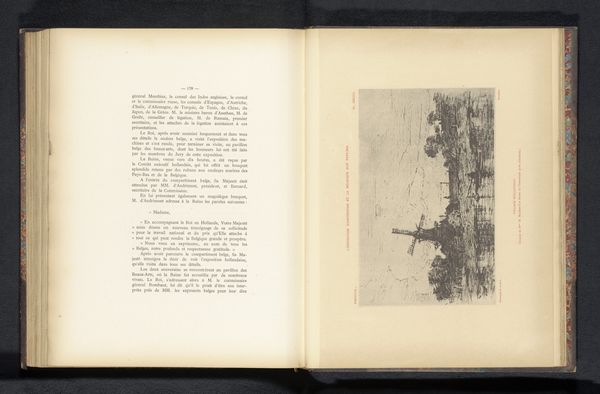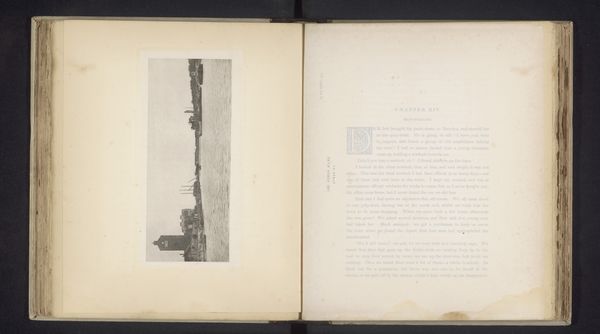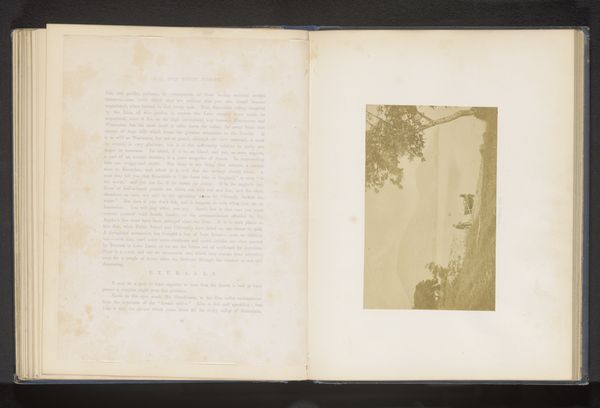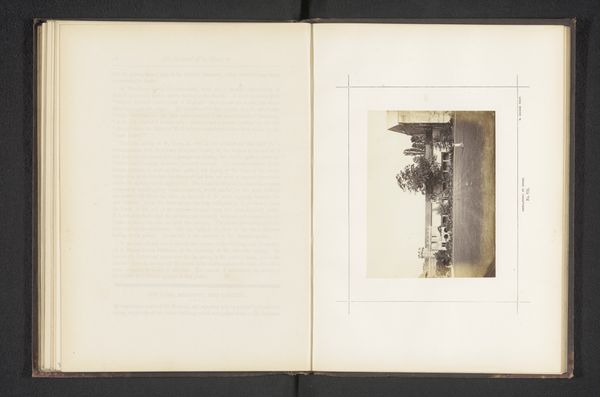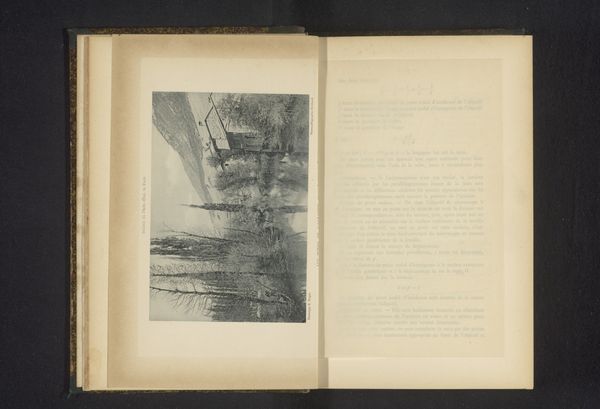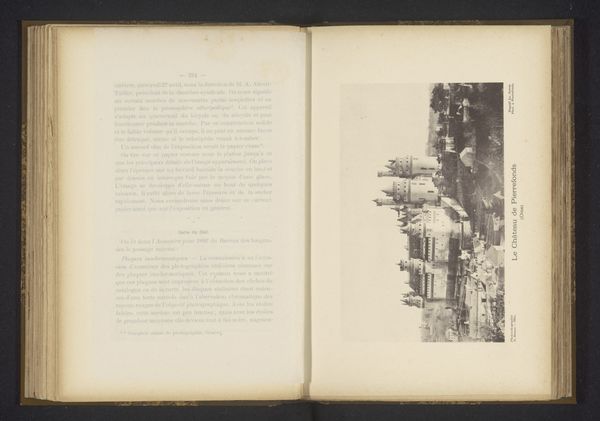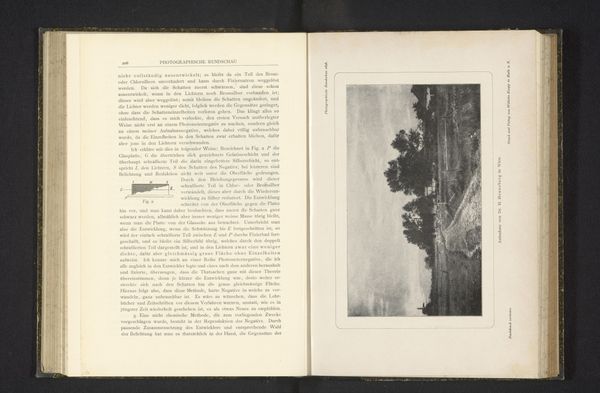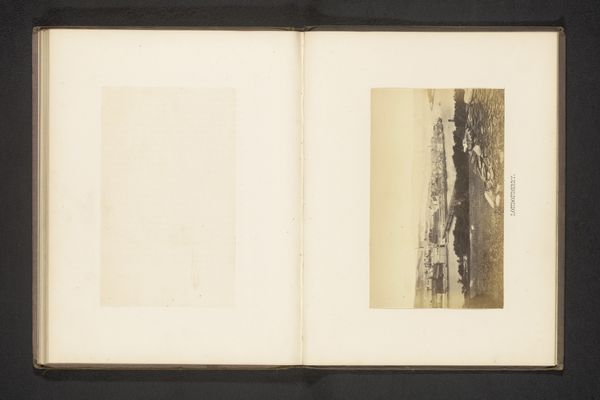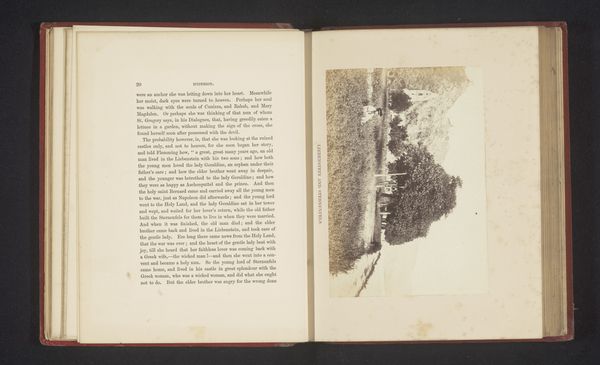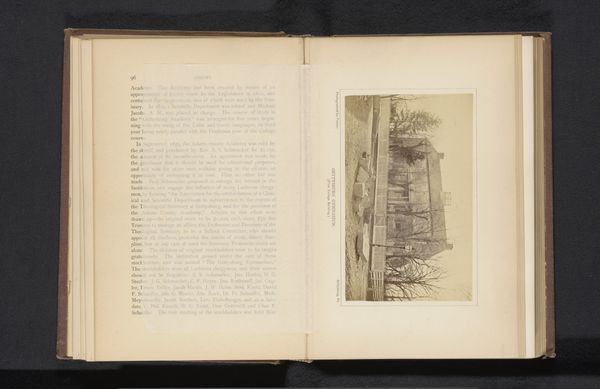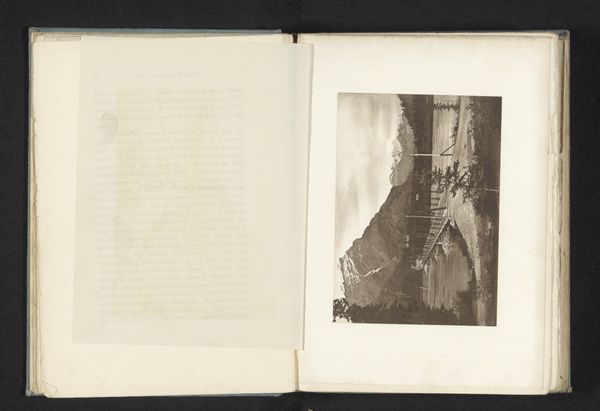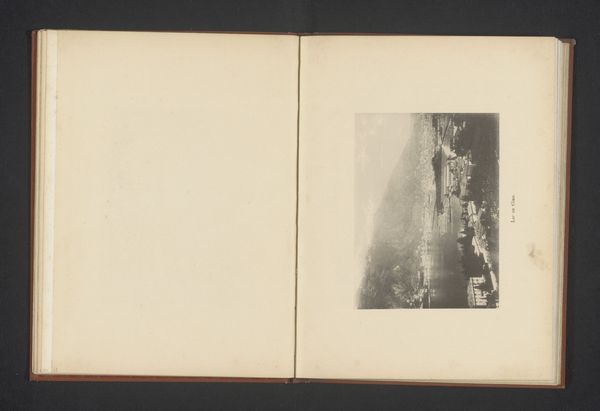
print, photography
#
dutch-golden-age
# print
#
landscape
#
photography
#
cityscape
#
realism
#
building
Dimensions: height 74 mm, width 124 mm
Copyright: Rijks Museum: Open Domain
Curator: Looking at "Gezicht op de Haringvliet en het Witte Huis te Rotterdam," a photographic print dating from before 1901 by Edouard Adelot, what immediately strikes you? Editor: A hazy stillness. It's almost spectral, this line of spires reflected in the water. The print feels…mournful, somehow. Curator: Interesting. From a materialist perspective, the hazy quality might be linked to the photographic processes common at the turn of the century – think about the limitations of photographic materials back then, the papers, the developing agents… the lack of crispness isn’t necessarily a stylistic choice, but tied to what was achievable, technologically. Editor: Precisely. And situating that within a broader context of rapid industrial and social change – urbanisation transforming cityscapes. Rotterdam was a port city, a hub of trade and movement. The reflections blurring the line between the solid buildings and the water remind us of fluidity, maybe even of instability, within a culture grappling with massive transformation. The Witte Huis—the White House—though clearly permanent, also represents Dutch society in transition. Curator: Absolutely. The materiality speaks volumes – a photograph instead of a painting, reproduced in print for wider distribution – suggests a shift in how art, or at least images, are consumed. Was this part of a larger publication, do we know about print runs and intended audiences? Those details could really illuminate its social purpose. The print's status as document—evidence. Editor: It invites questions around what it meant to record Rotterdam in this manner, at that specific moment. Who was this Edouard Adelot? What political agenda, or even commercial interests, may have shaped their view? Did they want to present a progressive city, on its way to modernization, or a traditional one clinging to its history and its relation to its Dutch golden age roots, referencing styles of painting from that period? Curator: See, I immediately zoom in on the Witte Huis – it's one of the first skyscrapers in Europe, built with cutting edge steel construction, defying gravity. So many workers and new industrial supply chains were involved in its physical existence. Editor: The framing then positions technology in dialogue with historical traditions – spires, waterways—while subtly alluding to burgeoning new identities of class and industry, that ripple below. It definitely challenges our preconceived notions regarding identity in an rapidly transforming, highly stratified social order. Curator: Well, seeing the image through your lens is a reminder of how layered simple documentation is. Editor: And your deep dive into production illuminates so many neglected facts—material realities always shape visual experience.
Comments
No comments
Be the first to comment and join the conversation on the ultimate creative platform.
